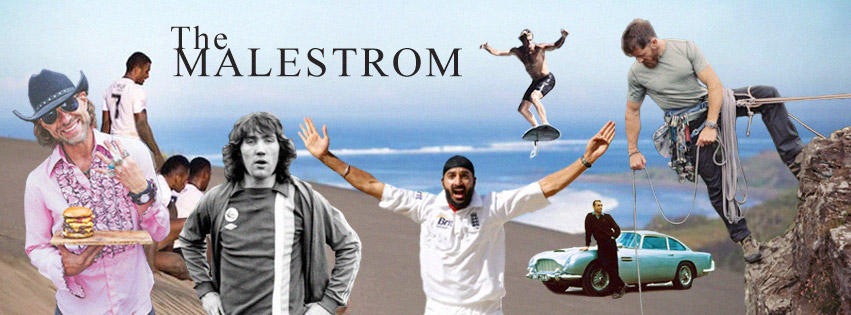Photographs can often be the most incredible windows to the past. Shining a light on an otherwise forgotten time or place, where we can get a real sense of other lives lived and the places they inhabited.
Documentary photographer David Hoffman took a series of images in the 70s when he was squatting in a Victorian tenement block in the East End of London that give us a glimpse of a happy multi-cultural community.
A new exhibition at Gallery 46, A Sort of Home: 1970s Whitechapel – David Hoffman, will showcase the pictures he took of those living around him in Whitechapel at Fieldgate Mansions and at St Botolph’s Crypt wet homeless shelter.
We spoke with David to get his own words about the experience of living in Fieldgate Mansions…
“I’d come down to London from University and I’d been living in a place in Clapham Old Town, that got knocked down, then I had some friends in the East End so I moved up nearer to them in Whitechapel.
I stayed there for six months and then they knocked that building down, so I then moved in with my friends into a place called Black Lion Yard which was a lovely little street, jewelers shops and dope dealers and then they knocked that down too!
So Fieldgate Mansions had places that were being boarded up and emptied so I moved in there, that was a squat the other ones had been rented.
I was trying to be a photographer, I was selling the odd picture to newspapers and books trying to scratch a living and I was marking my environment, taking pictures of the things going on around me, other squats evictions, life on the streets.
The community there were great, when I first moved to Fieldgate Mansions there were nearly totally empty flats with a few of the old original tenants who hadn’t yet been moved on by the council.
But very quickly in a period of a year or so we filled it up with other squatters, it was a time when there were a lot of Bengalis in East London, mostly single men working in the rag trade, catering or other services and they were beginning to bring their families over.
So these Bengali men were looking for a place to bring their wives and kids, so the empty flats for them were very attractive. A friend of mine Terry Fitzpatrick started the Bengali Housing Action group and we were just opening up flats and moved in families.
So it ended up probably around a third Bengali, and two thirds the original squatters who were a mixture of artists, architects, jewelers, all sorts of people.
It was a great community, it was completely secular, there was no Mosque and no one was manifestly religious, so you’d see the women on the streets chatting and their kids would be playing up the streets, it was a very open and mixed community.
It was a libertarian, multi-cultural, mutual support, everyone was very poor, so that drew us together. There was lots of creativity, the London College of Furniture was nearby and quite a few of the students from there were squatting and they were musical instrument makers, so we had people making hurdy-gurdys, harpsichords, guitars and things.
The band in the photo came out of that. There were lots of good times, loads of communal meals. I had no bath so I’d have to go round to someone else’s house for a bath. It was just the community, hanging out with lots of old people, young people, drunks, creatives.”






“The police pictured were two streets away in Parfitt St which was squatted, that was privately owned and bailiffs came to try and throw everyone out and that’s a picture looking down from one of the upstairs windows as the bailiffs are trying to get in to evict the people living there.
The place was strongly barricaded and a lot of local people turned out to just to stand in the way of the bailiffs. So, in the end, the bailiffs were upheld and had to leave empty-handed as it were.
Although of course a month or two later they came back at four in the morning when everyone was asleep and they just walked in.”
A Sort of Home: 1970s Whitechapel – David Hoffman is on until 15 August 2018 at Gallery 46
Click the banner to share on Facebook



